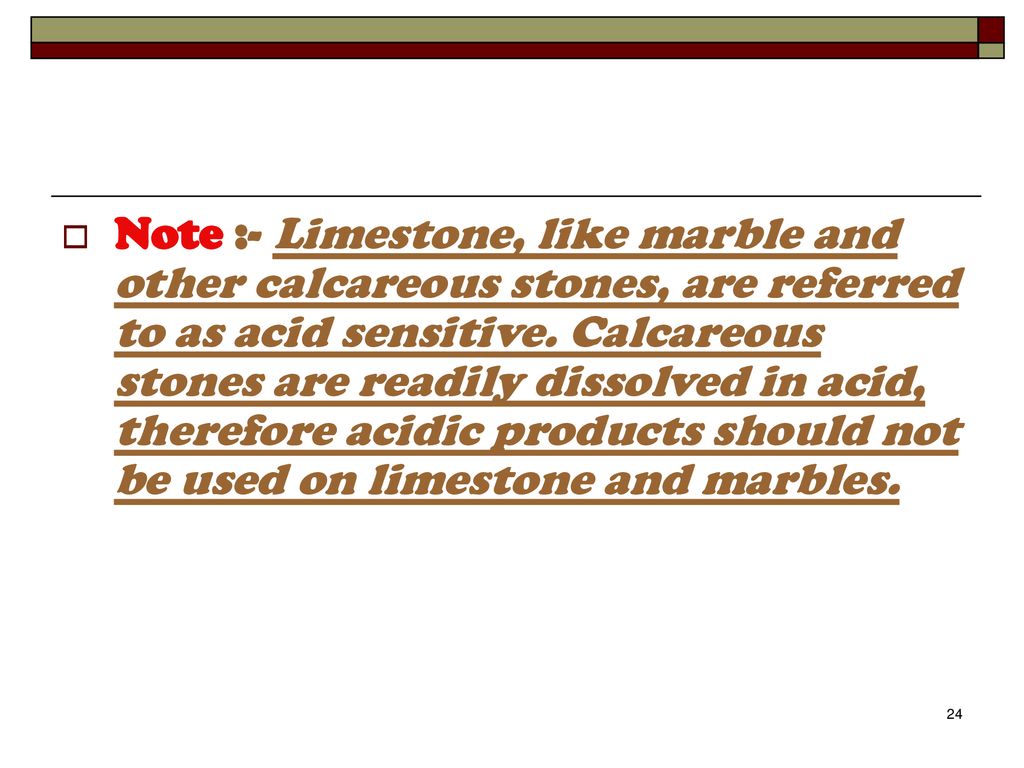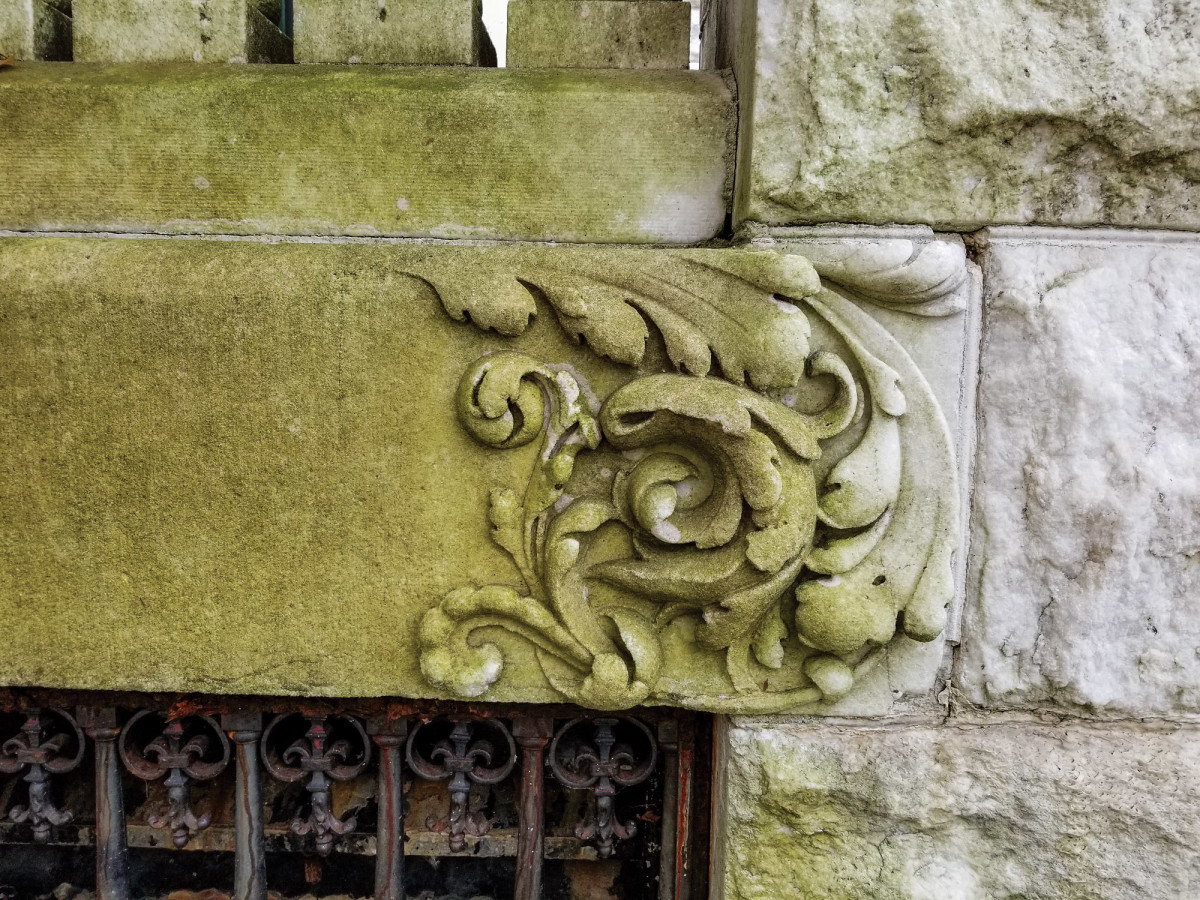What Causes Weathers Marble And Limestone

When sulfurous sulfuric and nitric acids in polluted air and rain react with the calcite in marble and limestone the calcite dissolves.
What causes weathers marble and limestone. When it mixes with rain water will create carbonic acid rain which weathers marble and limestone so carbonic acid weathers marble and limestone. Release of pressure exfoliation. Stone surface material may be lost all over or only in spots that are more reactive. It slowly erodes away the surface over very long periods of time.
Mechanical weathering causes rock to flake off. Chemical weathering causes rust on some rock. Carbon dioxide from the respiration of animals and ourselves is one cause of increased carbon dioxide in the atmosphere. This makes weak sulphuric acid h 2 so 4.
Weathering is the breakdown of rock by physical chemical or biological processes. Limestone is soluble in acidic water. Chemical weathering weathers marble and limestone. Even natural rainwater is usually slightly acidic but many parts of the world especially urban and industrial areas have significant amount of nitrogen oxides and sulphur oxides as gases mostly from man ma.
Mechanical weathering roots pry apart and cracks in rocks. Chemical weathering produce weak acid that weathers rock. Limestone areas are predominantly affected by chemical weathering when rainwater which contains a weak carbonic acid reacts with limestone. Water is the primary cause for the weathering of marble and limestone.
What causes weathers marble and limestone. In exposed areas of buildings and statues we see roughened surfaces removal of material and loss of carved details. In simple terms acid rain is a weak sulphuric acid and this is a significant cause of chemical weathering.














































